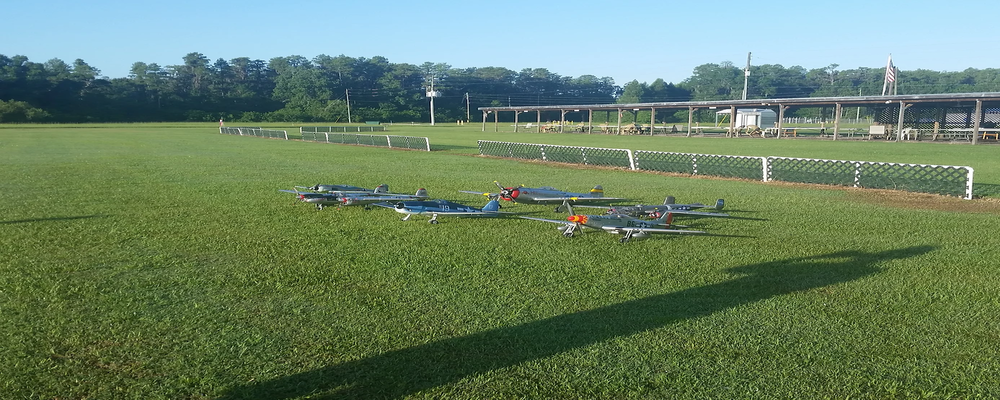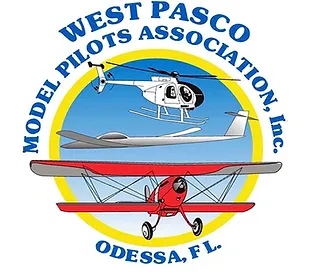Learn To Fly Remote Control Aircraft
Training Days
- Tuesdays - 9:00 - 2:00
- Thursdays - 9:00 - 2:00
- Saturdays - 9:00 - 2:00
Useful Modeling Data
Required Memberships and Registrations
West Pasco Model Pilots Association – WPMPA
Fill out membership form
$100 per year due in December – Pro-rated
Send proof of AMA membership
Get key to front gates
Academy of Model Aeronautics - AMA
Join the AMA, $75 per year or $65 per year for seniors includes AMA Magazine
Display AMA number on exterior of plane
Includes $2.5 million personal liability, $25,000 medical, $10,000 life
Take Recreational UAS Safety TEST – TRUST
AMA TRUST test (Free)
Test takes 15 – 30 minutes and it teaches you answers.
At end of test print certificate or save digital.
Must keep on your person when flying. If you lose it, you must re-take
Register yourself and at least one plane with the FAA
Register FAA link (Do not go to drone zone commercial company that charges $45)
Register under section "Exception for Recreational Flyers" – NOT Part 107 which is commercial use $5 for 3 years
You will receive FAA number that should be displayed on exterior of plane
Flying Safety Rules, Tips and Hints
- Review this list often
- Turn Transmitter on first and plug battery in second
- Unplug battery first and turn off Transmitter second
- Throttle cut at all times not flying
- Make small marks to identify C.G. location
- Balance laterally (side to side) will help tracking
- Keep everyone away from side and front of spinning prop
- Fly with copilot/spotter – must have visual contact at all times
- Do not practice at low altitude – maintain 2-3 mistakes above ground
- When trimming in flight, trim only until incorrect movement stops – don’t chase it or it will just go out of trim the other way
- Unless landing “dead stick”, if approach is not right – GO AROUND
- Don’t fly too far away. It is easy to get disoriented.
- Maintain flight path when faster airplanes overtake you.
- If its obvious you will crash, kill the power to minimize damage
- If your airplane is headed for pit area or spectators, kill power and ditch it. Don’t try to save it. People are more important than planes.
- If plane goes down, don’t move until you mark locations. Point Transmitter antena towards crash and place on ground.
- When recover plane, take the time to recover every little piece to aid repair
- Even after you solo ask for additional help or instruction
- Simulator practice helps especially for aerobatics
- Consider delayed throttle for takeoff (ie. 5 sec.)
- “Dead Stick Landing” has right of way over other airplanes
- Don’t forget to check transmitter battery charge level
- Make sure propeller is balanced and no vibration when engine is run up
- Secure airplane while on table
- Discharge batteries to storage level
- Keep light between trees and plane
The table below lists the approximated costs to get into the hobby.
For the beginner with no modeling experience.
The club’s Aeroscout trainer is used with a buddy box system. This gives about 20-25 minutes of flying, mostly by the student, and is to give confidence that they can safely fly a fixed wing trainer with the instructor as a back up safety pilot to take over if needed.
The instructor will say “I have control” and use Instructor Override to prevent flying out of sight, out of the club’s boundaries or when too close to a person, place or thing.

Don't forget that R/C aircraft can be hard to see and require a spotter to avoid a midair collision and to keep within a line of sight!

Mr. Tyber uses a Spectrum transmitter, NX6, which is set up for buddy box training using the program shown. This program was developed by Dave Anderson and Vic over the last 3 yrs for the AeroScout. It is used for transmitter training using the latest features such as voice alerts, cross trim, rates, flight modes, and telemetry.
Trim levers and switches can be labeled or marked to remind you of their function.

A preflight checklist was also added to remind R/C pilots of switch functions on the NX6, 8 or 10 transmitters. This and other programs can be imported to the students TX via Instructors SD card. The supplied AeroScout DXS transmitter does not have this capability but still works for basic flying and as a student TX.





